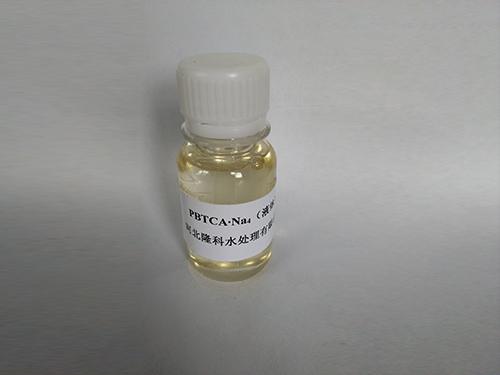Understanding the Differences Between Flocculants and Coagulants in Water Treatment Techniques
Understanding the Differences Between Flocculants and Coagulants A Comprehensive Overview
In the world of water treatment and environmental science, the terms flocculant and coagulant are often used interchangeably, but they refer to distinct processes that play critical roles in the clarification of water and the removal of suspended solids. Understanding the differences between these two agents is vital for professionals in water treatment, environmental management, and various industrial processes.
What is Coagulation?
Coagulation is the process by which fine particles are agglomerated into larger clusters or flocs. This process typically involves the addition of coagulants—substances that destabilize the colloidal particles in water, allowing them to clump together. Common coagulants include aluminum sulfate (alum), ferric chloride, and polymers. These additives work by neutralizing the charges on suspended particles, which prevents them from repelling each other and enables them to bond together.
The coagulation process generally occurs in two main stages the rapid mixing and the slow mixing. During rapid mixing, the coagulant is distributed throughout the water, while slow mixing allows the particles to collide and form larger aggregates. This process is critical for the subsequent step of flocculation.
What is Flocculation?
Flocculation is a subsequent step that follows coagulation. It involves the gentle stirring of water to promote the growth of flocs that have formed during the coagulation phase. The purpose of flocculation is to facilitate the aggregation of these smaller flocs into larger, more easily removable masses. Flocculants are specifically designed for this process and often consist of long-chain polymers that can bridge the gaps between different particles.
Flocculants work by providing a physical mechanism whereby small particles aggregate into larger particles in a process sometimes referred to as “bridging.” This makes it easier to remove the flocs from the water through sedimentation or filtration. Common flocculants include polyacrylamide and other natural or synthetic polymers.
Key Differences Between Coagulants and Flocculants
flocculant vs coagulant

1. Function Coagulants primarily destabilize colloidal particles, while flocculants promote the agglomeration of these particles into larger clusters or flocs.
2. Chemical Structure Coagulants are usually salts or metal-based chemicals, whereas flocculants are often high molecular weight polymers.
3. Application Timing Coagulants are added at the beginning of the water treatment process, while flocculants are introduced after coagulation to assist with the enhanced formation of flocs.
4. Mechanism of Action Coagulants mainly work through charge neutralization and destabilization, while flocculants function through particle bridging and the physical enhancement of particle collision.
Real-World Applications
Both coagulants and flocculants are integral to a variety of applications beyond water purification, including paper manufacturing, food processing, and wastewater treatment. In water treatment facilities, the combination of these processes leads to improved water quality, making it safer for consumption and more suitable for industrial use.
Conclusion
In summary, understanding the distinct roles and mechanisms of coagulants and flocculants is crucial for optimizing water treatment processes. While both agents contribute to the removal of impurities, their different functions and chemical properties necessitate their specific application in the treatment sequence. A comprehensive understanding of these processes is vital in addressing water quality challenges and ensuring effective treatment solutions. As industries and municipalities continue to face increasing demands for clean water, mastering these concepts becomes ever more important.
-
Pbtc Scale InhibitorPBTC: A Scale Protector for Industrial Water TreatmentNewsAug.05,2025
-
Organic Phosphonate: An Efficient Defender in the Field of Scale InhibitionNewsAug.05,2025
-
Hydrolyzed Polymaleic Anhydride: Green Pioneer in Scale Inhibition FieldNewsAug.05,2025
-
PAPEMP Polyamino Polyether Methylene Phosphonic Acid For SaleNewsAug.05,2025
-
Flocculant Water Treatment: A Pioneer in Purification in the Field of Water TreatmentNewsAug.05,2025
-
Benzyl Isothiazolinone: An Efficient and Broad-Spectrum Antibacterial Protective GuardNewsAug.05,2025





